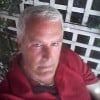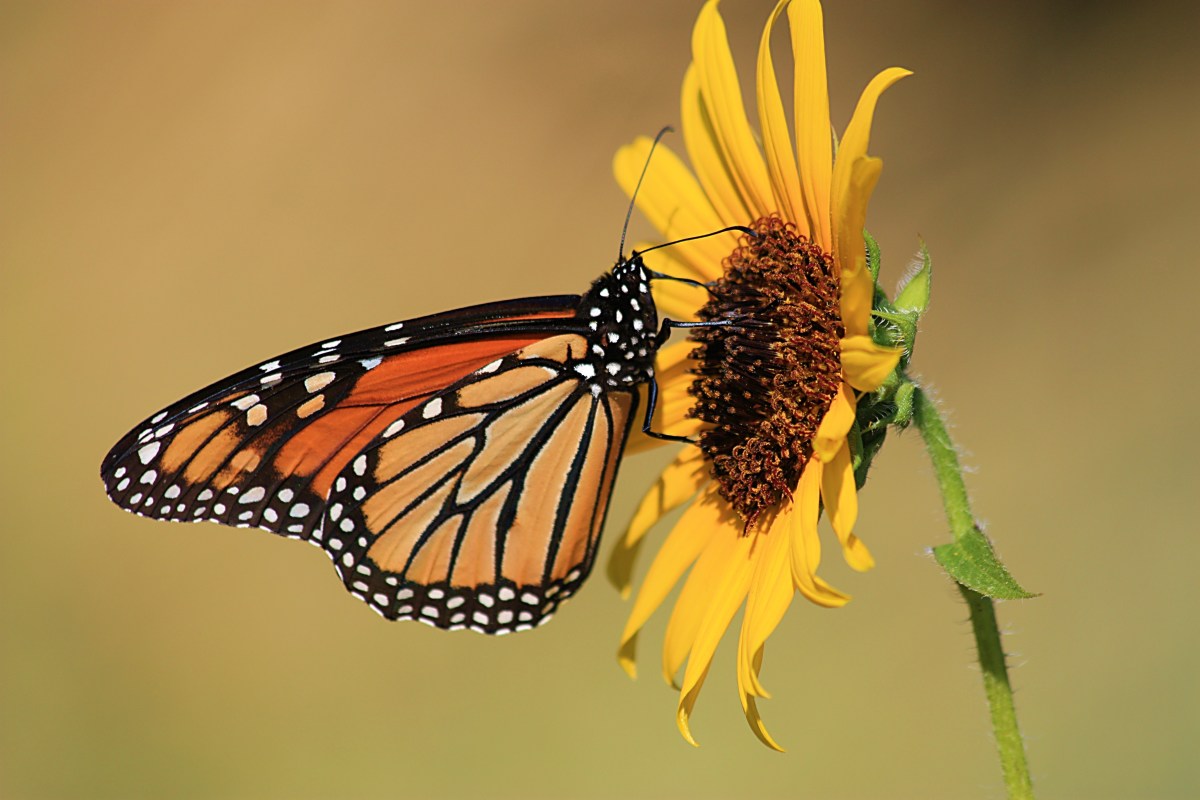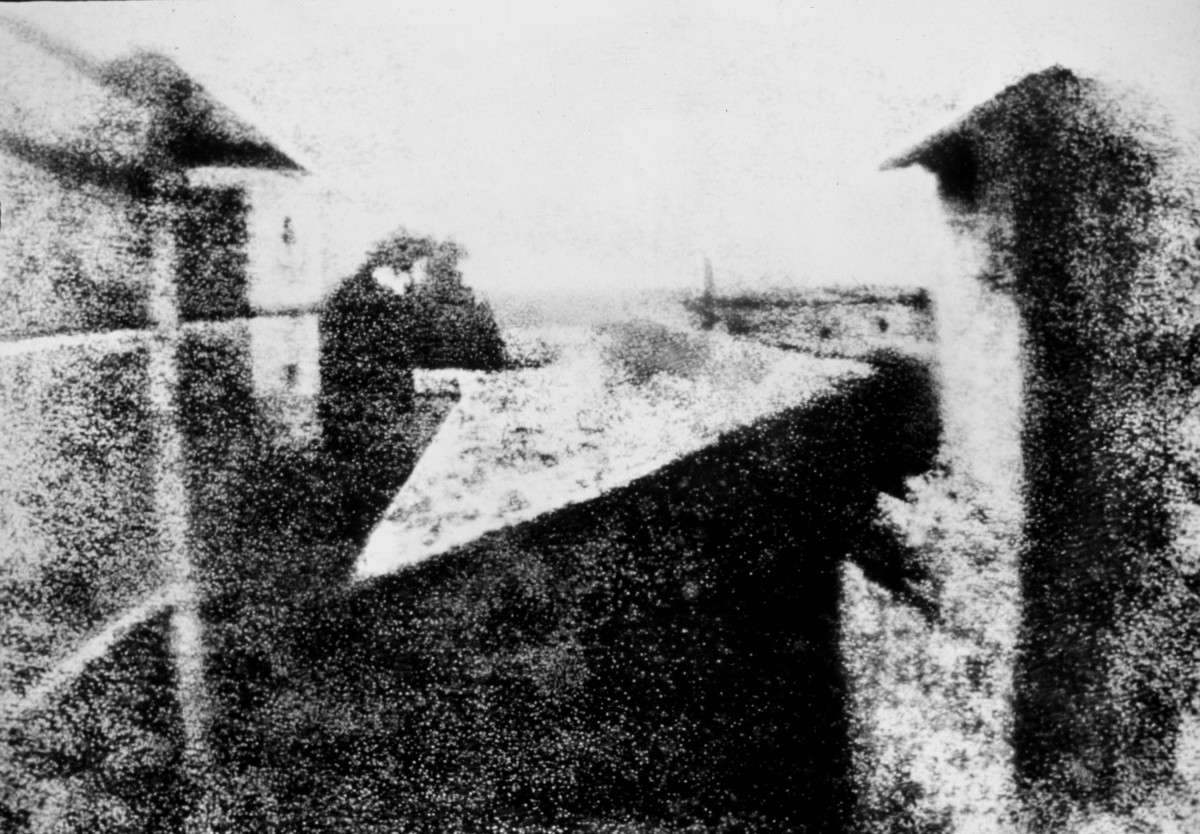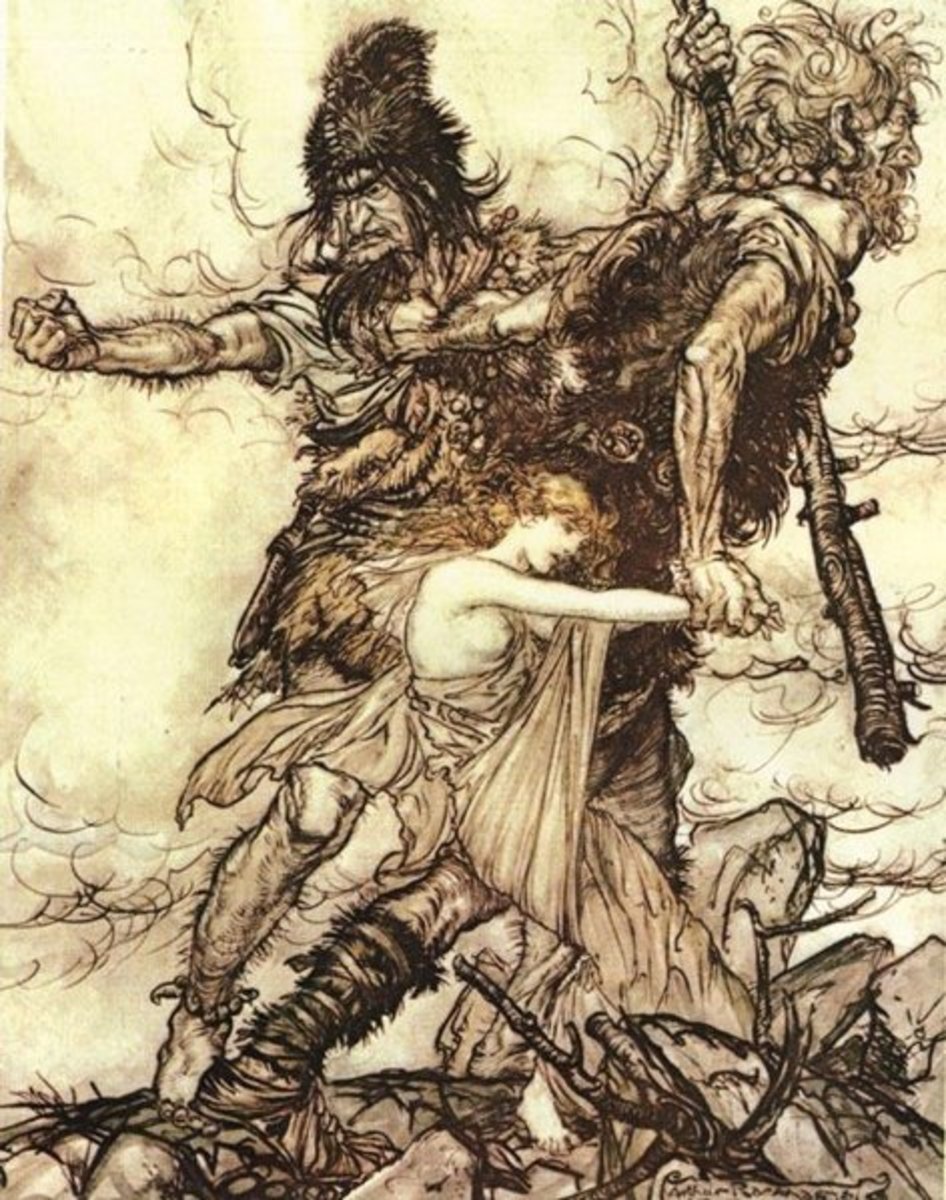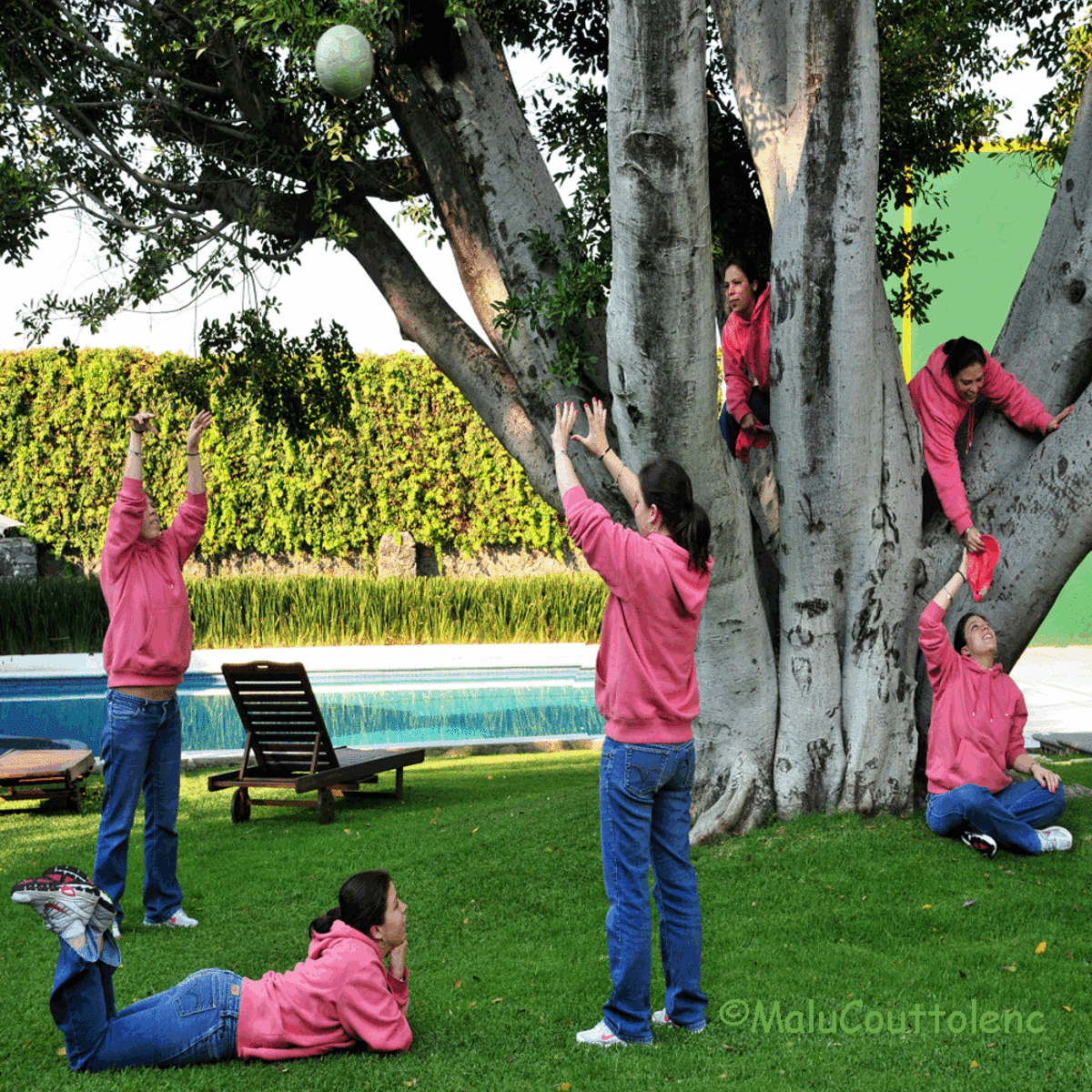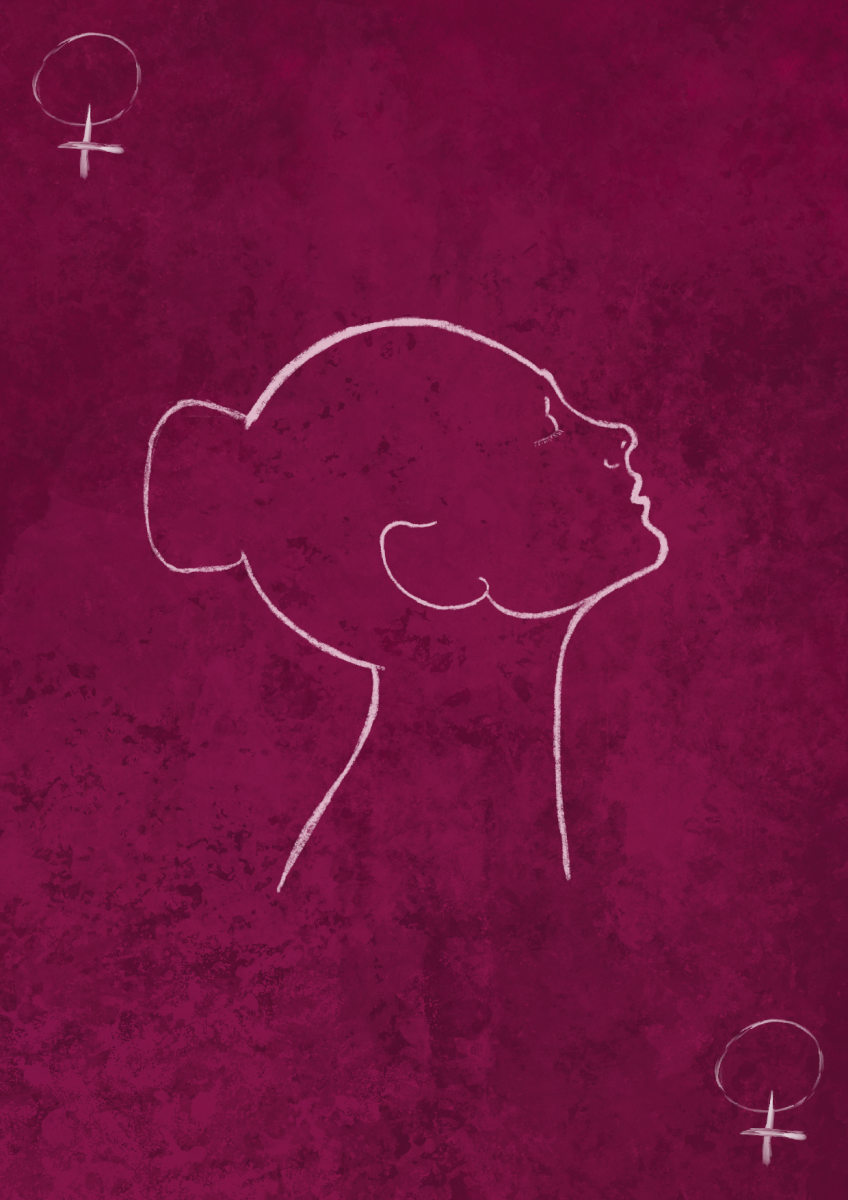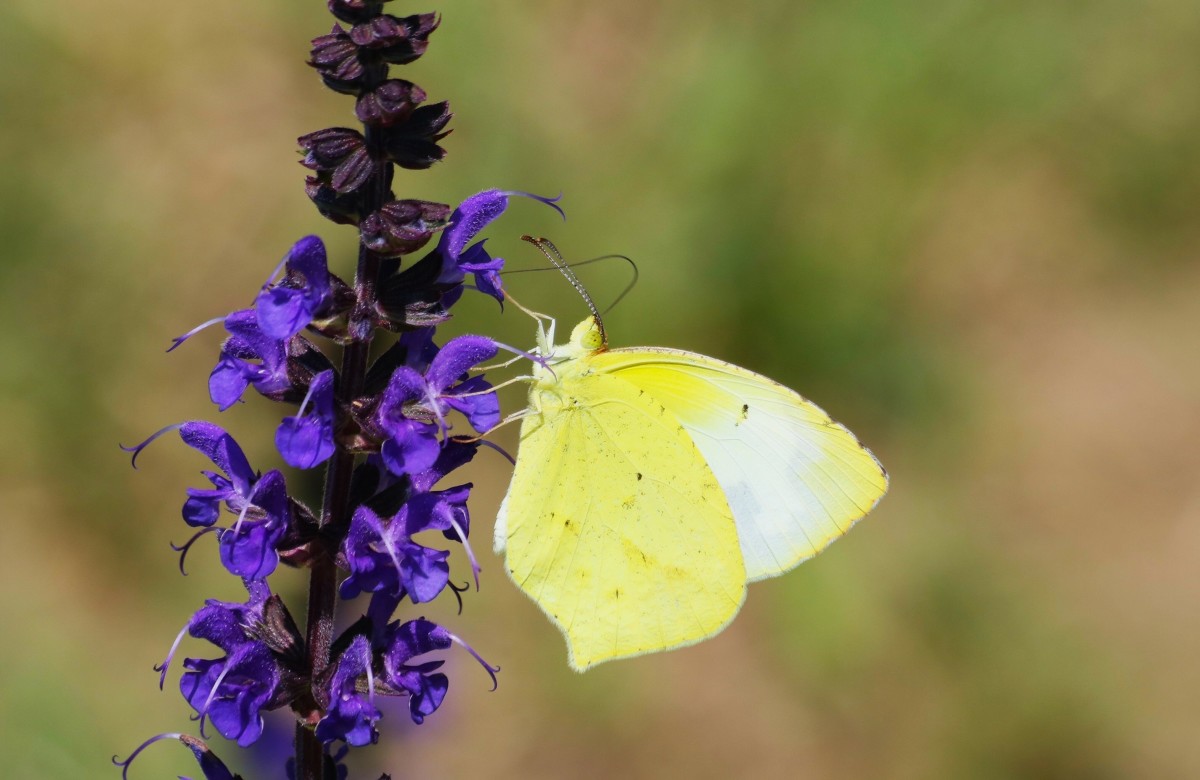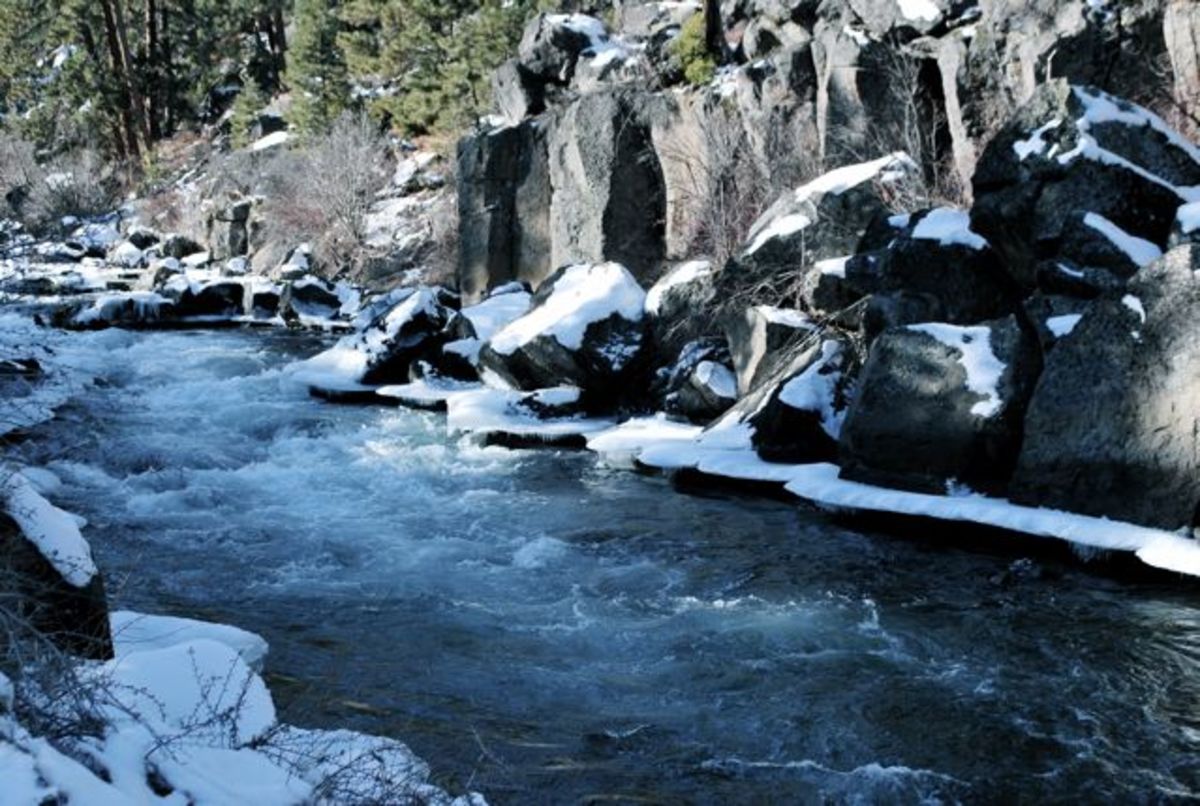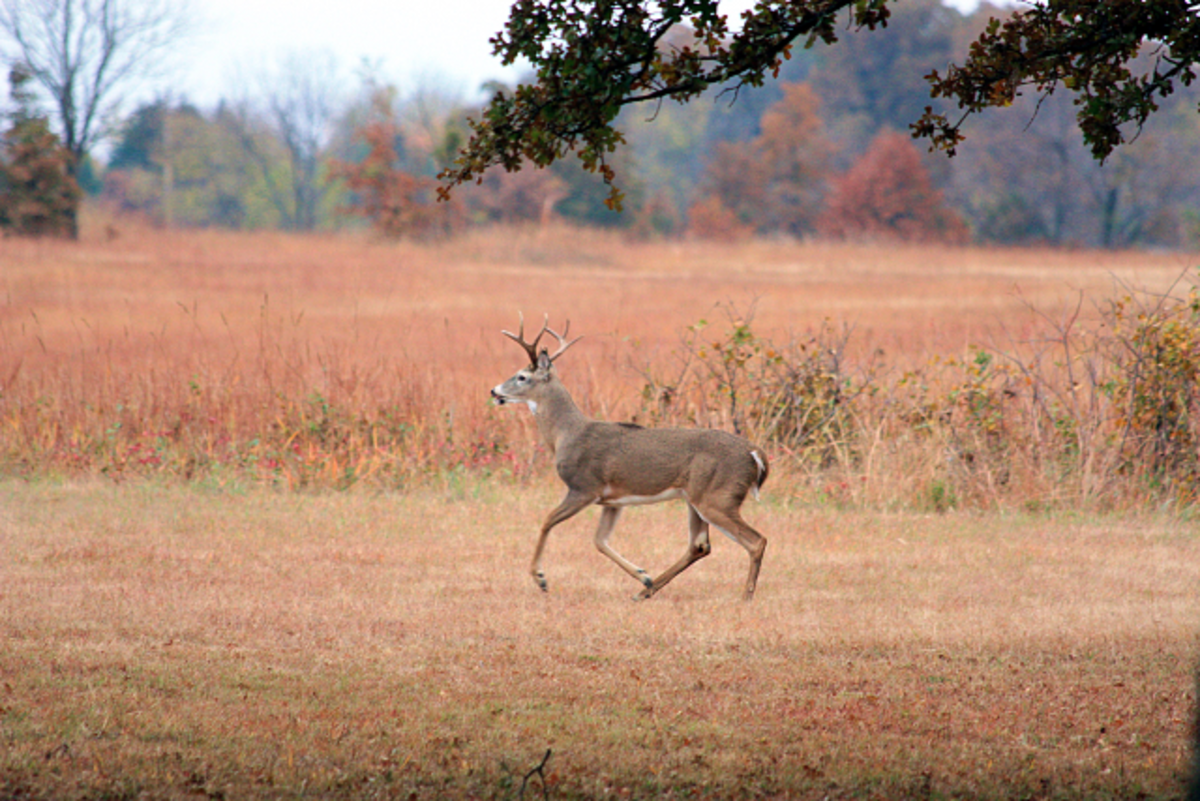Selective Nature Photography
Burrowing Owls
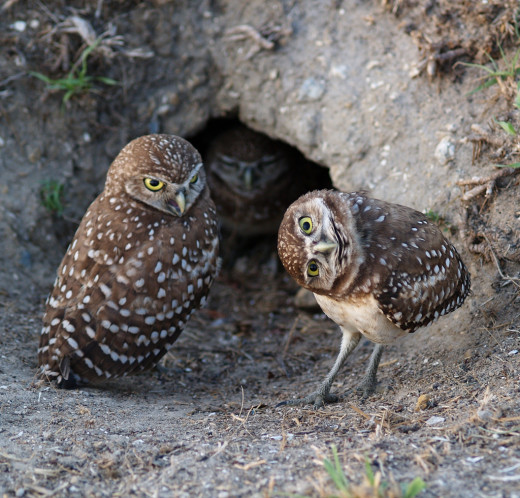
Selective nature photography, also known as documentary nature photography, is a photographic concentration where ones focuses on mainly one subject type. It could be one basic type of landscape such as only rivers, one type of flower such as roses, one type of butterfly like the zebra long wings and so on.
A slight variation to this theme would be to photograph only aquatic birds, only nocturnal insects or only native reptiles. Another variation is to photograph one single specimen for a determined amount of time.
For example not too long ago I decided to concentrate on one particular species of anole also known as chameleons, due to their ability of changing colors to match their surroundings. I was not particularly fond of the idea of photographing anoles as a species in general due to the now recognized over 400 varieties and counting, but on one particular non native to Florida type and which now numbers in the thousands.
The Cuban Green Anole ( Anolis Porcatus) and its cousin the Cuban Brown Anole (Anolis Sagrei), also known as Knight Anole (Anolis Equetries), like their common name indicates , are native to the island nation of Cuba, and were probably introduced to Florida in the early 70's mostly as pets, are commonly seen in many parts of the Florida peninsula and some have decided that they like my patio.
This particular species is much larger than its American counterpart and quite territorial as well as aggressive. Its normal coloration is a light to dark green with a yellowish band running across its lower jaw and can very quickly turn various shades of bark brown. It has a much larger head than the American equivalent and a voracious appetite and it is very common place for them to feed on other lizards as well. When fully grown hey have been known to go after baby chicks, mice and anything that they can fit into their mouths.
They normally reach lengths of up to 20 inches (51cm) and they prefer heavy foliage while active and like many reptiles, they can often be found warming on rocks in the early hours in order to raise their body temperature.
I spent a considerable amount of time capturing images of this local resident and soon discovered that it was not one but a whole group numbering about 9. I shot images during various stages of development, their feeding habits, their color variations, mating customs and other elements of their behavior.
This project which started innocently enough turned into a series of about 386 images. This collection afforded me the opportunity of submitting them to various nature publications. Ultimately the collection was used by a local college nature department for a study of local invasive fauna.
This photographic theme can be applied to any species and can be a lucrative undertaking. If a publication needs or wants specific shots of a particular species, of a particulate landscape, most will know who to turn to if you happen to be the specialist for that species/subject and since you are the one, your fees can turn out to be quite handsome.
This does not necessarily mean that one has to follow one specimen of a species, in general it means that you focus on one particular species or subject type. For this to be effective, all aspects/elements in the life of the subject have to be documented, shots should be taken from several angles to include close ups, telephoto and standard.
For animal species, their habits have to be documented too, as well as their territory and dwellings, their young etc. This complete recording is what makes the process worth it as publications or publishers will seldom just ask for one or two samples but rather of a complete detailed image library from which to make their selection.
There is one famous nature photographer who has specialized on capturing images of the north American, and more precise, the Alaskan moose, and he is well known for this. Whenever an editor needs images of a moose his name always pops up, and he has been very upfront in claiming that this has lead to many sales over the years. In fact he has specialized so much that he probably knows their behavior better than most naturalist. This is what a selective nature photographer should aim for.
Burrowing Owls
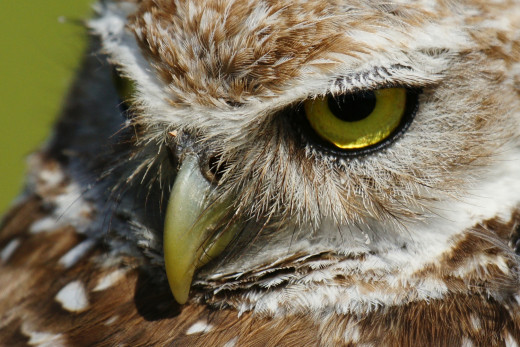
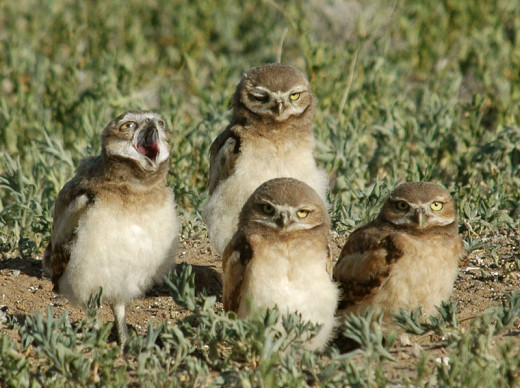
A book about a particular species is also something to consider and they are regularly sought after by educational institutions and for naturalist's use.
Some calendars are also made from these images. Although lets be honest, a bunny calendar is more likely to be a better seller than a lizard's, but you never know.
Study the habitats and research habits, feeding patterns and geographical locations once you've selected your subject.
Be patient but determined and take many samples. Once you feel confident that you have a good number of photographs, then inquire about submission guidelines from the various nature publications, and book publishers. Don't forget to submit to photo stock houses.
You might think that there are plenty of images of the subject which you have chosen to focus on, but keep in mind that most publishers rather have samples that have never been used or published before rather than risking using a sample that has been published many hundreds or thousands of times, and that's were your work comes in.
- Adding a Selective Focus Effect | Nature and Photography
One of the great controls we have in photography is limiting sharpness to a specific part of the photo. This is often called selective focus because only part of the image is in focus, a part selected by you as you take the picture. This creates a wo
